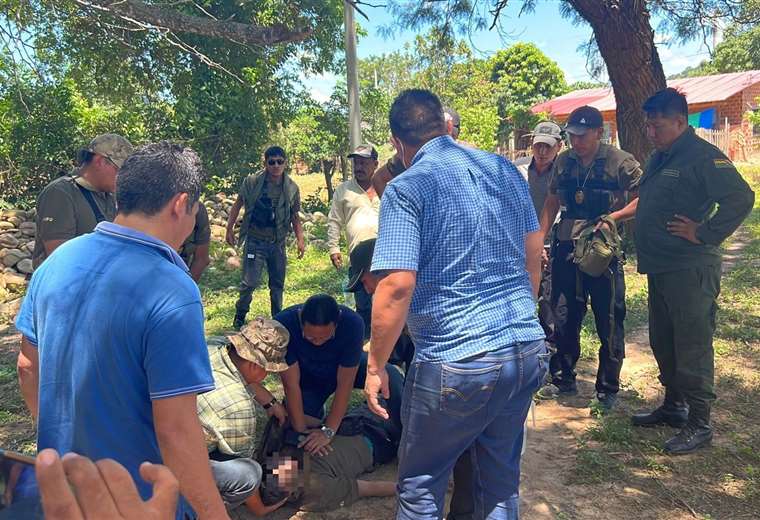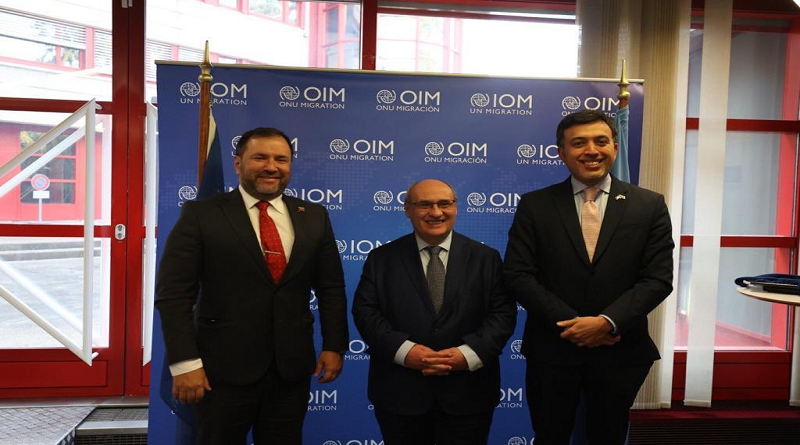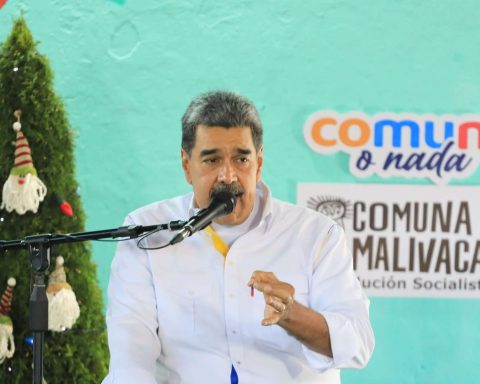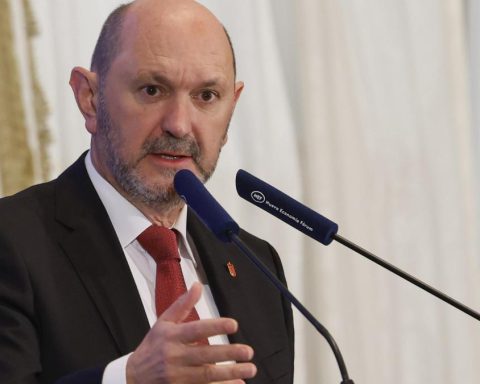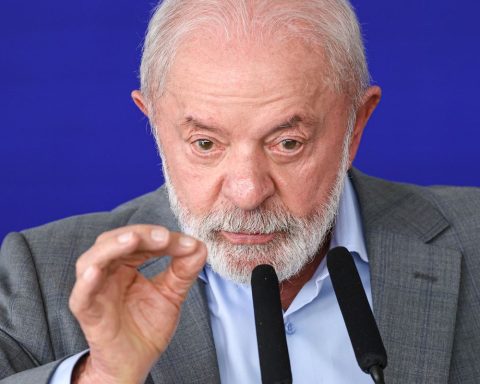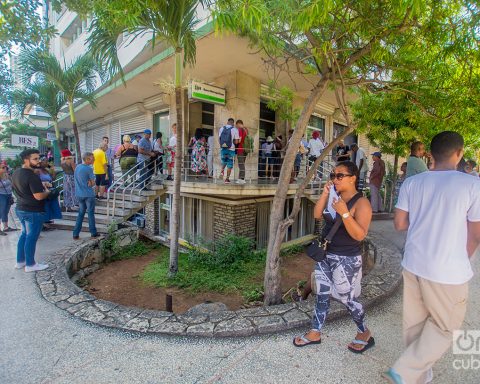At least 38 people died and 85 were injured in Greecedue to the collision between a passenger train traveling between Athens and Thessaloniki and a freight convoy, according to a new balance released this Wednesday by the fire service, at the time that the local police arrested the head of the station in the city of Laughter.
“Everything shows that, unfortunately, the drama is due to a tragic human error,” the head of government said on television the day after the worst rail accident in the history of Greece.
Besides, “66 people were hospitalized, six of them in intensive care”he added. A previous balance reported 85 injuries in total.
The accident occurred at the height of Lárisa, in the center of the country, when at midnight on Tuesday (7:00 p.m. Argentine time) a train with 350 passengers -most of them students- and a freight convoy collided.
The possible causes for which the two convoys collided have not yet been disclosed, but local media speak of it as the “worst rail accident Greece has ever known”.
Meanwhile, the 59-year-old station chief of that Greek city “was arrested,” a local police spokesman told the AFP news agency, adding that the charges would be announced shortly.
For his part, a government spokesman said that The two trains had been running for “several kilometres” on the same track and the Supreme Court prosecutor ordered an investigation.
“It is an unprecedented tragedy,” said government spokesman Yiannis Oikonomou, according to AFP. The European country decreed a three-day national mourning.
The President of the European Council, Charles Michel, conveyed his condolences via Twitter. “Shocked by the news and images of the collision of the two trains,” he wrote in Greek.
My thoughts are with the people of Greece this morning.
Συγκλονισμένος από τα νέα και τις εικόνες της σύγκρουσης των δύο τραίνα.
Συλλυπητήρια στις οικογένειες των θυμάτων. Κουράγιο και δύναμη στα σωστικά συνεργεία που συνεχίζουν το δύσκολοοο έτο.
—Charles Michel (@CharlesMichel) March 1, 2023
The possible causes for which the two convoys collided have not yet been disclosed, but local media speak of it as the “worst rail accident Greece has ever known.”
Due to the violence of the crash, the locomotives and the front carriages were pulverized.
In the first light of day, images on Wednesday showed charred train carriages in a tangle of metal and broken windows. Other, less damaged cars were flipped on their sides as rescuers used ladders to try to extricate survivors.
Some 150 firefighters, in addition to 40 ambulances, were mobilized to the scene of the accident, according to the Greek relief services.
“I’ve never seen anything like this in my entire life. It’s tragic. Five hours later we found bodies,” said an exhausted rescuer as he climbed out of the hole where he and his team were removing the bodies of passengers.
“We felt the collision like a big earthquake,” Angelos, a 22-year-old passenger, told AFP. “It was a nightmare what I lived through.”
Mechanics and cranes also went to the scene to try to remove the rubble and lift the overturned vehicles.
The government organized a crisis meeting after the event and Prime Minister Kyriakos Mitsotakis was on his way to the crash site.
“Most of the passengers were rescued”said the fire department spokesman.
“The operation to free trapped people is underway and takes place in difficult conditions, due to the seriousness of the collision between the two trains,” he said.
According to indications of lifeguards during the night 194 passengers were evacuated.
Greek Health Minister Thanos Plevris said “most of the passengers were students” returning to Thessaloniki after a long weekend in Greece following a public holiday.
On the Skai television channel, the region’s governor, Kostas Agorastros, declared that “unfortunately the number of wounded and dead may be high.”
The government organized a crisis meeting after the event and Prime Minister Kyriakos Mitsotakis was on his way to the crash site.
The Greek railway operator Trainose had been acquired by the Italian company Ferrovie Dello Stato Italiane in 2017.












